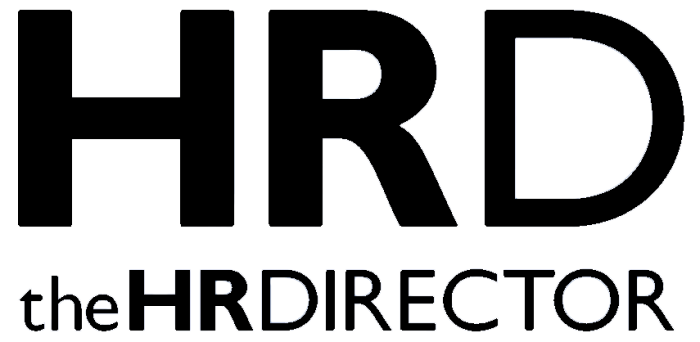One of the biggest trends to emerge in the post-pandemic workforce is the so-called ‘great resignation’. There have been several commentators and reports highlighting the impact this is having on businesses as they struggle to both retain employees and fill vacant roles. The race for talent is hotter than ever, which is why HR Directors should be considering every tool in the box to both attract and retain talented staff.
While pay and benefits, such as access to flexible and hybrid working, are often the top priorities for potential and existing employees, HR Directors could be effectively ‘locking out’ a significant proportion of the workforce, not due to their policies or profile, but due to their lack of investment in digital accessibility.
Digital accessibility is needed by people with sight or hearing difficulties, reading or cognitive difficulties, motor difficulties (which make it harder to use a mouse or touchscreen), or the more general impairments associated with ageing. Research shows 4 out of 10 people need accessible digital solutions and yet, at most 20% of websites and mobile apps are estimated to be accessible to everyone.
Embedding a proactive approach to digital accessibility could be a key differentiator when it comes to recruiting and retaining talent.
If implemented correctly, there are significant benefits, including:
- Higher revenue: Research from Accenture showed that companies that hire those with disabilities outperformed their peers, seeing, on average, 28% higher revenue over a four-year period.
- More innovation: Candidates who have a disability will bring new and valuable diverse perspectives to your organisation. For example, neurodiverse employees are often creative thinkers and strategic problem solvers.
- Greater inclusivity: By ensuring you embed digital accessibility across your organisation, you are naturally increasing inclusivity and raising awareness of it across your entire workforce.
- Increased loyalty: Data has shown that employees who have a disability tend to stay with a company which supports their access needs for longer.
- Creating advocates: If an employer has demonstrated a proactive approach to accessibility, they may create long-term advocates for the employer, even if an employee leaves. This proof of the company values of equality, diversity and inclusion provides positive reputational impact and is great for recruitment,
- Improved reputation: Through our work, we have helped our clients win multiple awards for their digital inclusivity. Embedding digital accessibility demonstrates you align with the values of potential customers, employees and other stakeholders.
So, what are the steps HR Directors should be taking to ensure digital accessibility is an embedded process, rather than an expensive retro-fix exercise?
- Have an end-to-end approach – Being great at digital accessibility isn’t just about having a good website, it’s about the whole user journey, from social media used in your recruitment, to eLearning used in onboarding, to digital tools used in your internal communication. This requires a strategic approach to ensure that accessibility is ‘baked in’ to your processes rather than having to retro-fix it in elements of your services that simply don’t cater for those with specific needs
- Be inclusive by design – When developing your brand, potential employees will have been an important audience and influenced your decision making. However, if accessibility was not considered, your choice of colours, fonts and imagery could be putting off a significant pool of talent. For example, people with a range of vision impairments struggle with low contrast text, and those on the autistic spectrum may be put off with over use of bright images or certain colours. Similarly, be careful in your choice of fonts – some fonts may look fantastic but can be difficult for many people to read.
- Be socially accessible – Social media channels, particularly LinkedIn, are now an important channel for recruitment. There are several things you can do to make sure your social activity is accessible and stand out in a crowded market. For example, hashtags are a great way to get noticed, but make sure you use CamelCase capitalisation in them (i.e #HashTags), so screen readers don’t try and read them out as one word. And make sure you include alt-text with your images.
- Ensure accessibility runs throughout your supply chain – Many businesses use marketing and digital agencies or third-party software suppliers to create campaigns and digital products including recruitment websites, social media content, company brochures, mobile apps, and intranets. Therefore, it is important to work with these external partners to ensure they meet accessibility requirements. It’s worth doing an inventory of what can and can’t be controlled, to build a picture of what you can and can’t influence, and change supplier to a more accessible one if you can.
- Work with an expert partner – You are not alone! A great place to start is aligning your approach with the international standard for digital accessibility – ISO 30071-1 – which we authored. We have also developed the Digital Maturity Scorecard, which is a free tool that provides a review of your organisation around nine key areas of digital accessibility linked to the Standard, helping you identify gaps as well as providing guidance on where and how to make improvements.
Effecting lasting change
In the current market, candidates most definitely have the upper hand, which makes the search for talent increasingly competitive. As a result, organisations need to consider new approaches when it comes to recruiting and retaining employees.
Digital accessibility is an important way to do this. Getting it right unlocks a whole world of talent that may have been previously overlooked. It really does benefit everyone – the business, existing and potential employees, customers and stakeholders.







